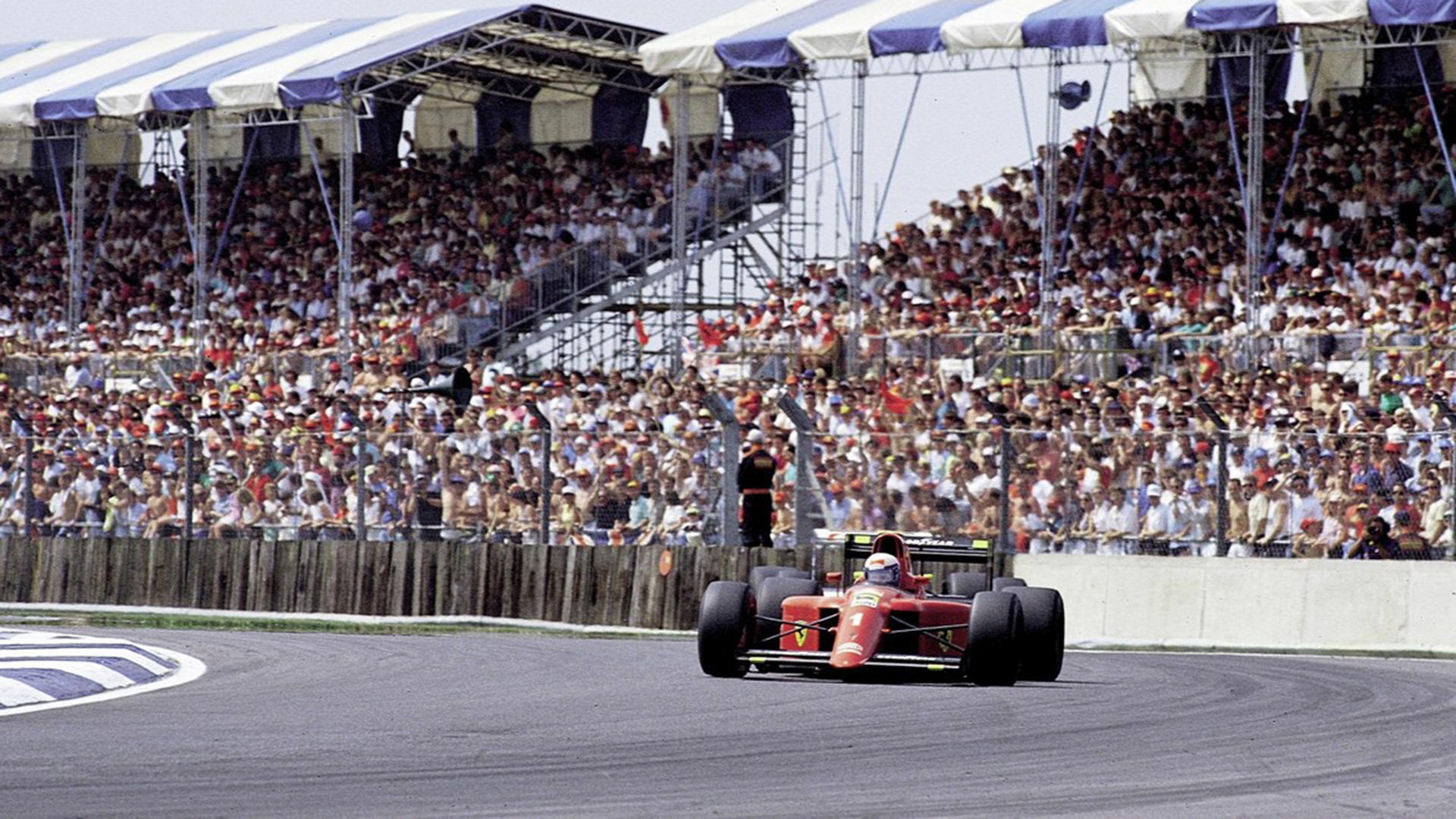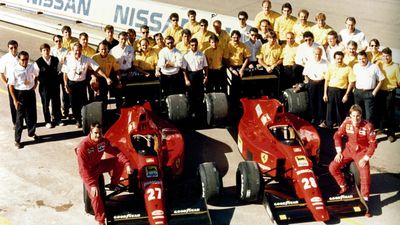



MANSELL’S GEARS
F1-89, ELECTRO REVOLUTION






MANSELL’S GEARS
Mere milliseconds can make all the difference between victory and defeat. And finishing second just means being the first of the losers. That, in a nutshell, is Formula 1, the very pinnacle of motor sport in which the best teams, cars and drivers do constant battle for supremacy. An arena in which technology rules.

Take steering wheel-mounted gearshifting, for example. It was tried and tested in Formula 1 and is now standard on all self-respecting sports cars. Thirty years ago, however, this was far from the case. In fact, the mere idea was unimaginable. Back in 1979, the Scuderia had developed an electrohydraulic gearbox and tested it on a 312 T3 laboratory car. Rather than the traditional gear lever inside the cockpit, Ferrari’s unique system used two buttons on the steering wheel to change the gears. The buttons activated electromagnetic valves that, in turn, activated actuators in the gearbox. However, the advanced electronics required to make the system work were not yet available and it was mothballed. That said, the experiment was not in vain. Ten years later, now armed with new technology, Ferrari went down the same route and, in the process, ushered in a whole new era in Formula 1, courtesy of the revolutionary F1-89 (design no. 640), the brainchild of John Barnard. A car that was, to all intents and purposes, the first of the present generation of electronically-managed single-seaters. The new F1-89 sported an innovative aerodynamic body, push-rod suspension with torsion bars, and the latest iteration of the naturally-aspirated V12 which punched out 600 bhp at 12,000 rpm. Nonetheless, the real jewel in the F1-89’s crown was its gearbox with electronic management, controlled by twin paddles mounted behind the steering wheel. The driver used the right hand one to go up through the gears and the left hand one to go down. The gearbox itself was a conventional longitudinal transmission in which the gears were selected by hydraulic selectors controlled by electrohydraulic actuators.
The advantages to the driver were obvious: he could now focus more fully on driving, resulting in faster lap times as well as fewer errors and instances of the engine over-reving, thereby improving the reliability of power units and gearboxes alike.

Reliability. Therein was the rub. This, unfortunately, was exactly what the F1-89 seemed to lack on the eve of the first race of the 1989 season in Brazil. The technology was still too new and bets were laid in the paddock over how many laps Gerhard Berger and his new team-mate Nigel Mansell would last on the circuit at Jacarepaguá, just outside Rio de Janeiro. There was so little faith in the new system that Mansell himself even booked his flight home for late afternoon as he was certain his race would finish early. But as it turned out, the British Lion’s red car with race number 27 lined up in sixth position on the starting grid on the swelteringly hot day of the race and then proceeded to race hitch-free for longer than it had ever done in testing.
In the end, it completed all 61 laps of the grand prix and roared across the finish-line to victory over seven seconds ahead of the McLaren-Honda of Alain Prost. The hands of Ferrari’s rivals were swollen from all the gear shifting they’d done throughout the race, but the only marks on Mansell’s came from lifting the winner’s cup on the podium. The Prancing Horse had just written yet another milestone chapter in Formula 1 history.
